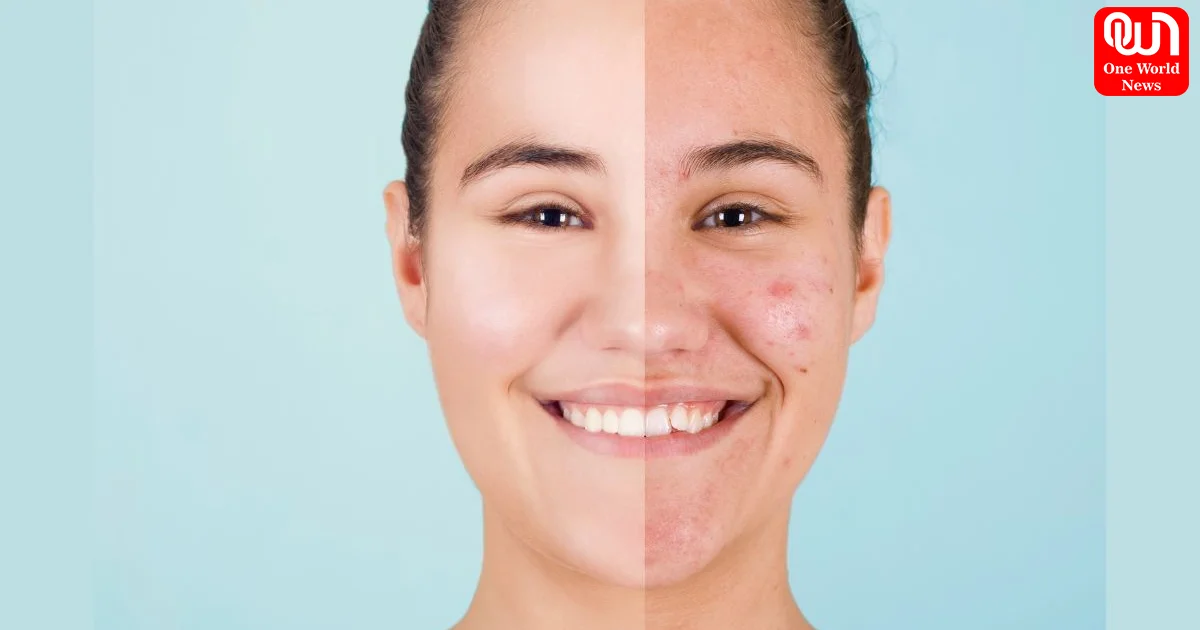Discovery of haemoglobin in epidermis throws light on skin’s protective features: Study
"Groundbreaking study reveals haemoglobin's presence in the skin's epidermis, offering new insights into protective mechanisms against ageing and cancer.
Unveiling the Role of Haemoglobin in Skin’s Defense: A Breakthrough Study
Introduction to the Discovery
In a groundbreaking study, researchers have uncovered a surprising revelation about the skin’s outermost layer, the epidermis. Haemoglobin, a protein traditionally associated with red blood cells’ oxygen-binding function, has been identified in the epidermis, shedding new light on the protective features of our skin.
investigating the Skin’s Protective Mechanisms
The quest to understand how the epidermis safeguards our body from environmental threats and to unravel the presence of unexpected substances within it propelled this innovative research. The study aimed to delve into the qualities of the skin’s protective outer layer and explore its defence mechanisms.
Haemoglobin Found in Epidermal Keratinocytes and Hair Follicles
Researchers made a significant breakthrough by identifying haemoglobin in epidermal keratinocytes and hair follicles. This unexpected discovery adds a layer of complexity to our understanding of how the skin’s defence mechanisms operate, challenging previous notions about the exclusive role of haemoglobin in red blood cells.
read more : 5 Simple And Easy Hacks For Taking Your Success To New Level
Unveiling the Molecular Landscape of the Epidermis
The lead investigator highlighted, “The epidermis, primarily composed of keratinocytes, consists of keratinized stratified squamous epithelium.” Past studies had identified genes related to protective functions in keratinocytes, but the detection of barrier-related genes, including haemoglobin, was hindered by challenges in obtaining sufficient samples for analysis.
Haemoglobin’s Potential Role in Skin Protection
Haemoglobin, known for binding gases like oxygen, carbon dioxide, and nitric oxide, emerged as a key player in the skin’s defence mechanisms. Its presence in the epidermis suggests potential antioxidant activity and other roles in maintaining the skin barrier’s integrity.
Transcriptome Analysis Reveals Haemoglobin Activity
The researchers conducted a comparative transcriptome analysis of the whole and upper epidermis from human and mouse skin. The genes responsible for haemoglobin production exhibited high activity in the upper epidermis. Immunostaining further confirmed the presence of haemoglobin in keratinocytes, validating the study’s findings.
Haemoglobin as a Defense Mechanism Against Oxidative Stress
The study concluded that epidermal haemoglobin responds to oxidative stress by upregulating its expression. In human keratinocyte cell cultures, haemoglobin inhibited the production of reactive oxygen species, protecting against oxidative stress originating from external factors like UV irradiation and internal sources such as impaired mitochondrial function.
Implications for Skin Aging and Cancer Prevention
The researchers emphasized that the expression of haemoglobin by keratinocytes represents an endogenous defence mechanism against skin ageing and skin cancer. This newfound understanding opens avenues for further research on leveraging haemoglobin’s protective properties for developing innovative skincare strategies.
In summary, the discovery of haemoglobin in the epidermis not only deepens our comprehension of the skin’s protective features but also unveils potential applications in skincare and dermatology for maintaining skin health and preventing age-related and cancerous conditions.
Like this post?
Register at One World News to never miss out on videos, celeb interviews, and best reads.








